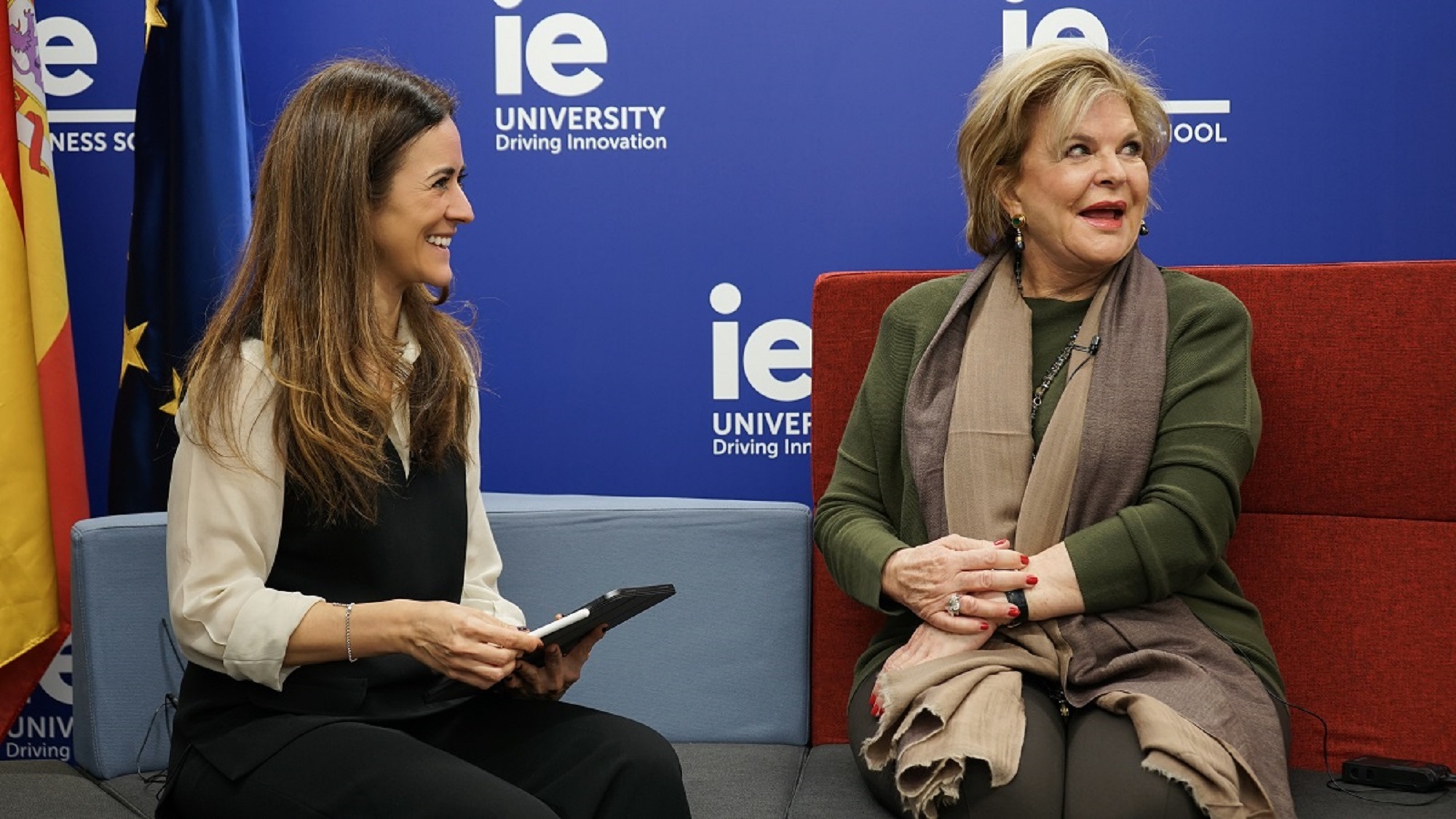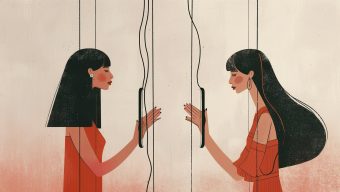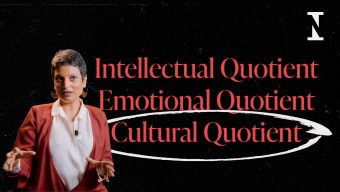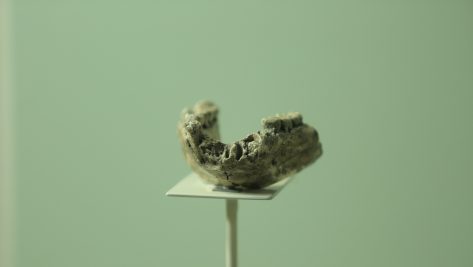Ella’s life has been linked to the world of art since she was very young. Her early calling to painting later led her to open her own gallery in Venezuela. That adventure brought her into constant contact with artists and enabled her to grow with them, thus awakening her passion for collecting art as a form of patronage.
Catalina Tejero: Your career shows a lifelong commitment to art. It is obviously a passion that you have pursued in different roles, as an artist, as a gallery owner and as a collector. One interesting aspect that I would like to ask you about is the role of women in this environment. What is your view on the progress made in recent years and how do you see the future?
Ella Fontanals-Cisneros: Women have been fighting for many years to play an active role in the vanguard of art. In the 1950s, for example, it was hard to find women in galleries. If we go back to the fourteenth, fifteenth and sixteenth centuries, there is little evidence of female artists, and those who wanted to buy works of art had to do so in secret, simply because they were women.
Catalina Tejero: Artists like Clara Peeters in the 17th century.
Ella Fontanals-Cisneros: Exactly. The role of women in the art market was very limited. We know, for example, that women didn’t buy works of art because only men were allowed to pay. I think that things have changed over the last 10, 20 or 25 years and now there are many galleries that are led by women. There are certain artistic periods in which the presence of women is very scarce in any of their areas. In the avant-garde, 80% of the artists are men and prices are now sky high. A success story that I like to share is that of Carmen Herrera. Carmen is a Cuban-American artist who I am very interested in. It took her a long time to reach a gallery in the United States. The answer was always the same: “I’m sorry, you’re a woman and we don’t have any space”. It’s been a long road, but things are changing fast and, in the next few years, we’ll be seeing more female artists; maybe even more than men.
Catalina Tejero: That would be interesting.
Ella Fontanals-Cisneros: Yes, we women are very strong.
Catalina Tejero: Definitely. In this sense, the role of visionaries like you who support this kind of talent is essential. Carmen Herrera is probably where she is today largely thanks to your support on her journey.
Ella Fontanals-Cisneros: Yes, you’re right. There have been hurdles for women in the art world across the board. This has also been the case, for example, with patronage and philanthropy, where men have taken the lead because they were the ones with the money. Right now, there are lots of women who have worked hard like me or even widows who have finally taken control of their own finances and now we are taking over. We enjoy the pleasure of discovering, researching and supporting artists on their journey.
Catalina Tejero: It would be great if you could share a little more about your role as a patron, which goes beyond collecting art as a way of supporting the careers of artists that the market has not yet endorsed.
Ella Fontanals-Cisneros: More than a job, it is a pleasure and a privilege. And that’s because it genuinely gives you back much more than you put in. However, when you receive so much, you also have the need to give something back to society.
Catalina Tejero: At IE we are also seeing that, fortunately, there is more and more interest in the arts and humanities and in activities that encourage creativity, even in fields such as technology. What advice would you give to people who want to pursue a career in the art world?
Ella Fontanals-Cisneros: First of all, I would say that art is a reality in our lives. We are surrounded by art because all the objects around us are the result of a creative process. For example, a seemingly simple glass has been designed by someone. We are so busy that we need special sensitivity to look at our surroundings and appreciate the art around us. To those who are genuinely interested in art, I would say that the best thing to do is to visit galleries and their artists, because they have a lot to teach us. I have learned a lot by talking to them; it is what has given me a deeper vision of art. It’s not about going to a gallery and buying a piece of art that I like. It’s something more profound. It’s a process. For me, collecting is a wonderful learning experience. Art has taught me many things. If you really like it and you spend time on it, you can draw life lessons from it.
© IE Insights.











